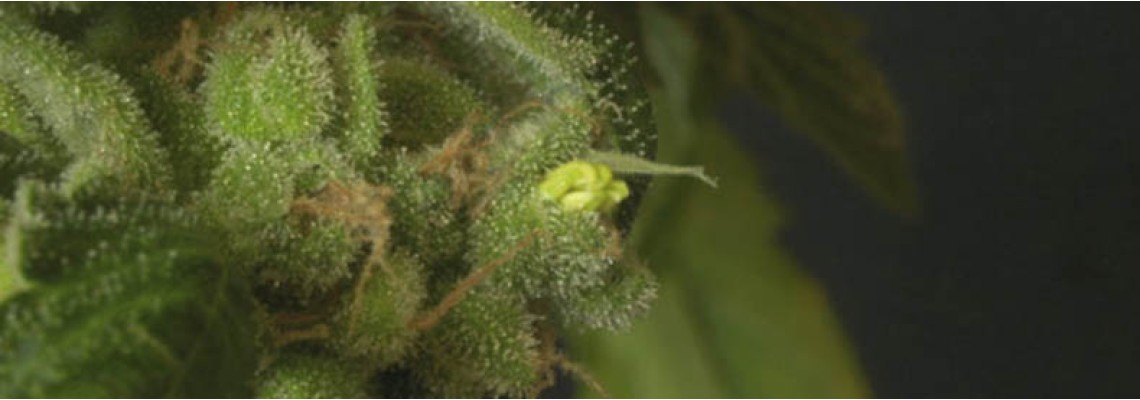There seems to be nothing in your cart.
Didn't find what you were looking for? Contact our consultant.
To save your shopping cart until your next visit, create an account or register .
Browse our Hits sales
There seems to be nothing in your cart.
Didn't find what you were looking for? Contact our consultant.
To save your shopping cart until your next visit, create an account or register .
Browse our Hits sales

*This text is provided for informational purposes only. The information given by the author is his own development using information from publicly available sources. The company is not responsible for the author's material presented.
Content:
Why is it so important to determine the gender of cannabis?
The thing is that if the male plants are not isolated from the female plants in time, fertilization will occur, and the inflorescences will eventually lose a significant part of the active substances, which will negatively affect the strength of their effect.
Of course, in this case, you will receive your own cannabis seeds, but planting material that has not been grown by professionals in the right conditions will have significantly worse genetics than good varietal seeds.
This becomes clear when preflowering begins - the stage of development that precedes flowering. The rudiments of inflorescences appear on the pre-flower of plants, by which the sex is determined.
Autoflowering strains start preflowering after about 4 weeks of growing season, while photoperiod strains start blooming when the grower starts to flower them (in the case of indoors), or when the daylight starts to decrease (in the case of outdoors) and the bushes themselves begin to flower. pre-flower.
Usually, male plants grow faster and begin to form inflorescences earlier. If some of the bushes exceed the rest by 10-15 centimeters and begin to bloom earlier, then with a high probability these are “boys”.
Male inflorescences, when there are few of them, resemble a ball on a stem. Over time, there are more and more of them, and they form whole bunches.
In addition, after some time they change shape and stretch in length, starting to resemble something like miniature bananas.
Female inflorescences grow close to the stem and resemble a pear in shape, from which long “antennae” begin to grow over time. These elongated pistils sometimes appear only after the start of full flowering, so you should not think that the plant is not female if the hairs do not immediately come out of the primordia of the inflorescences.
In general, if you're not 100% sure, it's okay to wait a few days for the gender to become more obvious. After that, the male bushes can be removed away from the female ones.
Male plants begin to produce pollen around the second to fifth week of flowering, depending on the variety and conditions.
It is not uncommon for bushes to become "hermic" due to stress or poor conditions, but there is a small chance of this, on the order of 2%, even in an ideal environment.
Hermaphrodites form both female and male inflorescences. Moreover, female “germics” first show pistils, and only in the last days of pre-flowering do male flowers appear on them, which can often deceive the grower.
There is a way to do this as well - you just need to take a clone from the plant you want to determine the sex of, send it to a separate grow box and make this clone bloom.
The sex properties of the clone will be the same as those of the mother plant. This method is only suitable for photoperiod varieties.
Author: Sergey Esipov
Related articles: